So a number of our managers met to discuss digitalization under the theme ‘Mission Possible’. We have for a number of years been working with the digitalizion of Customs and Trade.
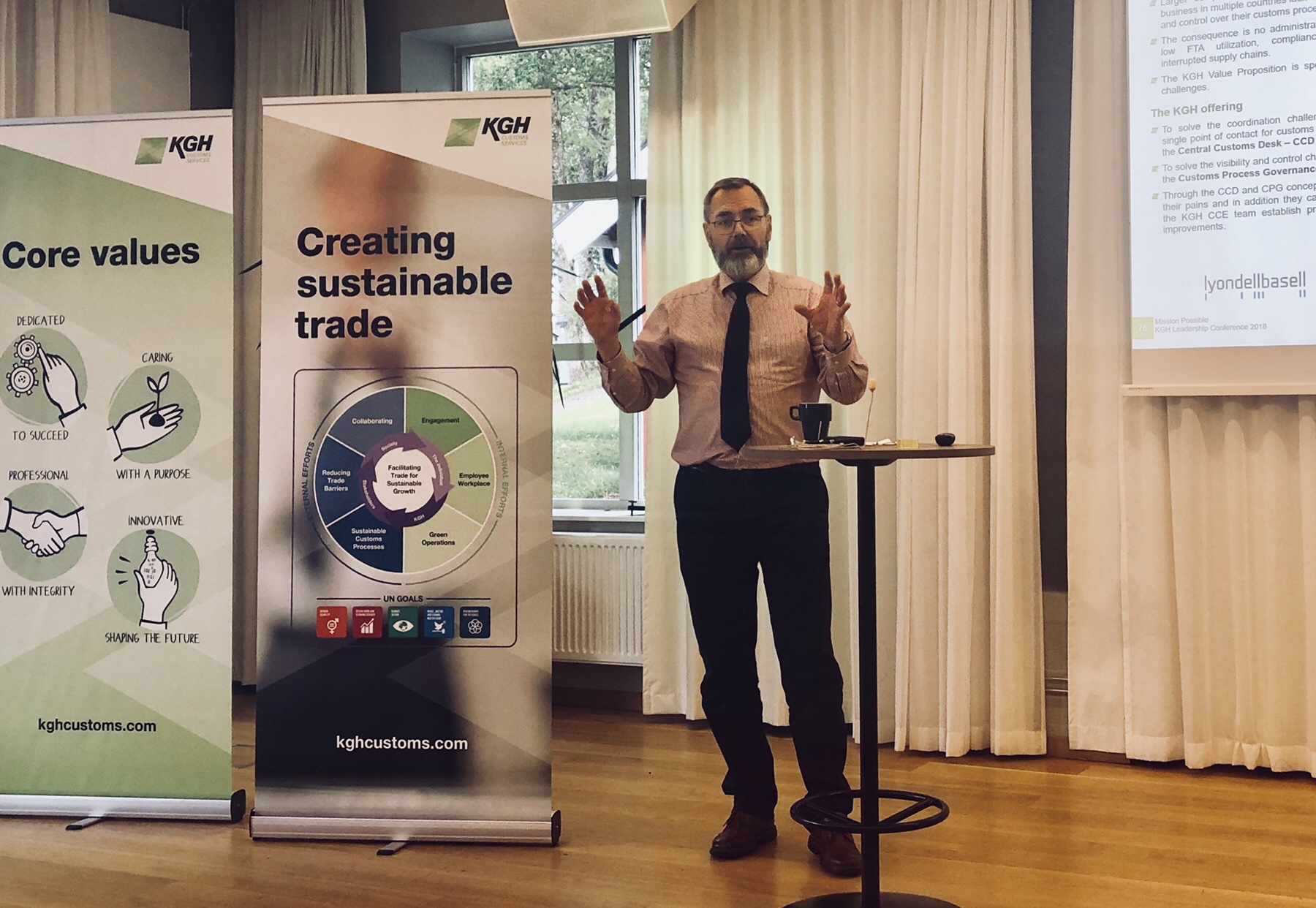 Vidar Gundersen, our visionary global sales and marketing manager and business guru
Vidar Gundersen, our visionary global sales and marketing manager and business guru
Our business is in a great change, the biggest change ever. We are leading in this change. We want to be a driver. And we are.
During the meeting we discussed going to the market with a number of new services that will be revoutionary to our industry. Exiting times.
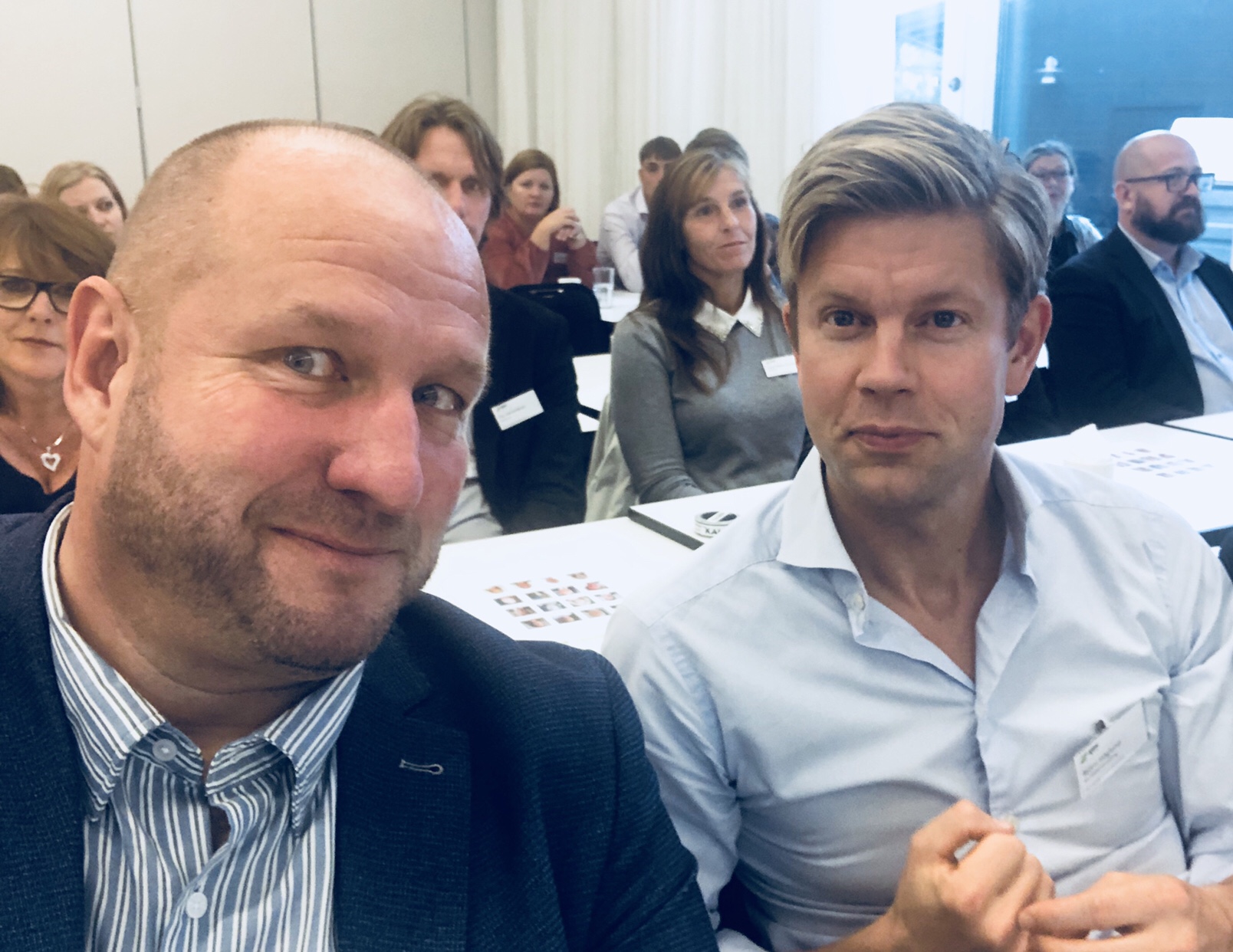 With Björn Höglund, Dirctor Trade and Customs Consulting Nordic
With Björn Höglund, Dirctor Trade and Customs Consulting Nordic
The future is bright and global trade is in a very dramatic and dynamic period of change. Global trade is growing and we know it is one of the best ways to develop our socities. At the same time we have emerging trade wars and protectionism and huge technical and informatiläon leaps ahead of us. It is great to feel that we are paving the way of our industry being at the forefront of a technology revolution.
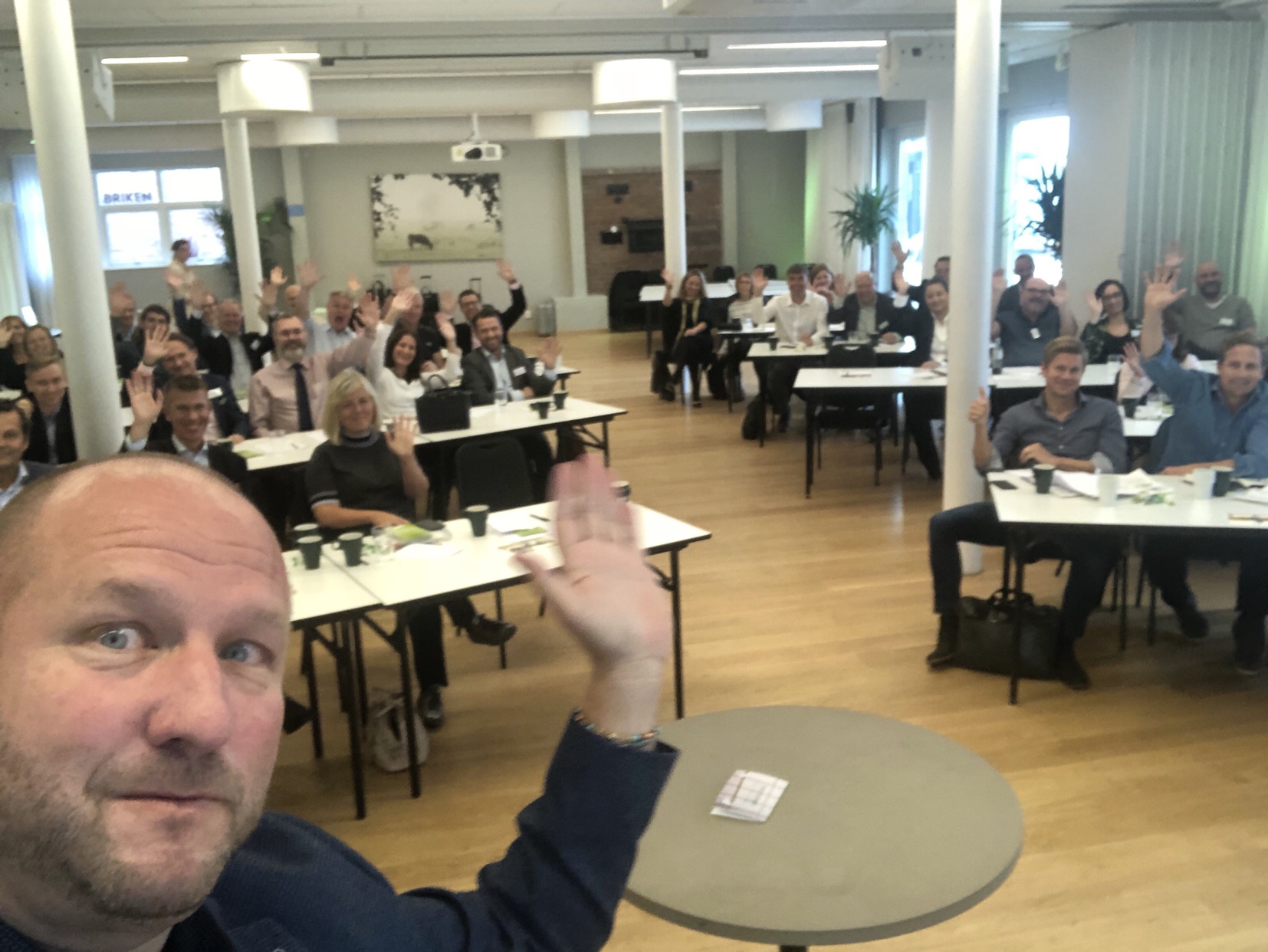 Speaking about Brexit and Multichannel Strategies at the meeting
Speaking about Brexit and Multichannel Strategies at the meeting
We will soon have following up meeting with all staff around these issues including our new innovative sustainability strategy that we also discussed at the meeting.
Carol-Ann O’Keefe, Assistant Principal Officer at Revenue Commissioners (Irish Customs), told business leaders in Ireland that it is inevitable that Brexit will generate additional costs, administration, and delays at Irish ports but much is being done by Irish authorities to minimise these.
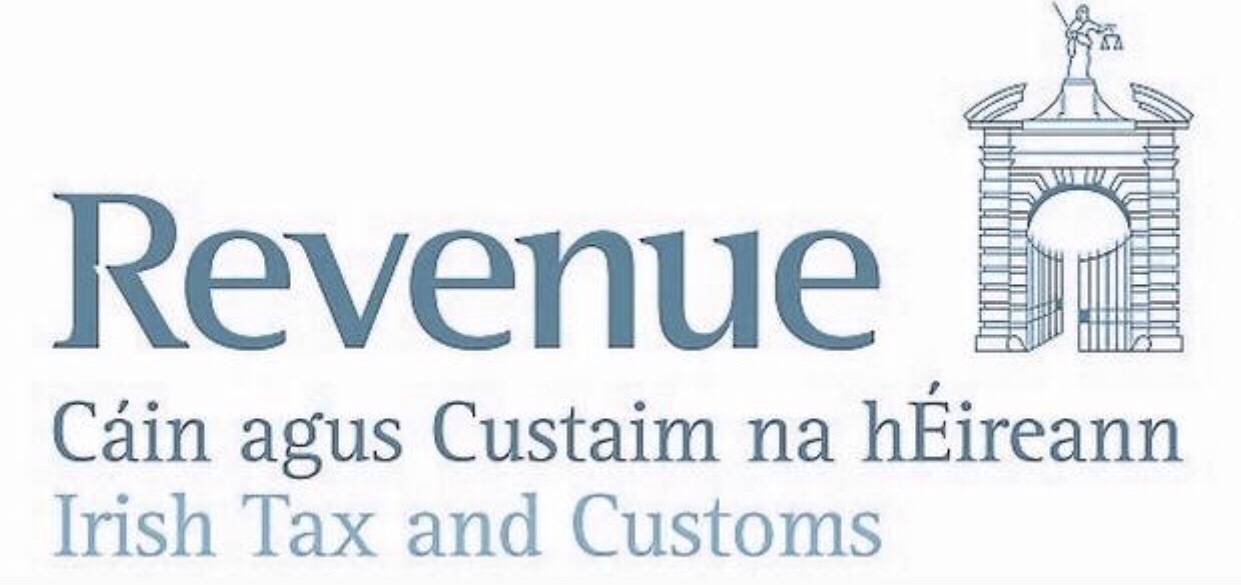
Irish goods exporters and importers are being advised to expect delays at ports, whatever form of Brexit the British government negotiates, be that soft, hard, or no-deal.
“Once Brexit occurs, and Britain leaves the EU, it will be classed as ‘a third country’, outside the single market,” said O’Keefe. “It doesn’t matter what kind of customs union is in place, or whether there is a free-trade agreement. After Brexit, full customs declarations will be required for all goods imports and exports shipped between Ireland and the UK.
Sky News writes that PM May during her speech yesterday used a surprise statement in Downing Street to issue an ultimatum to the bloc to accept her Chequers plan or come up with counterproposals.
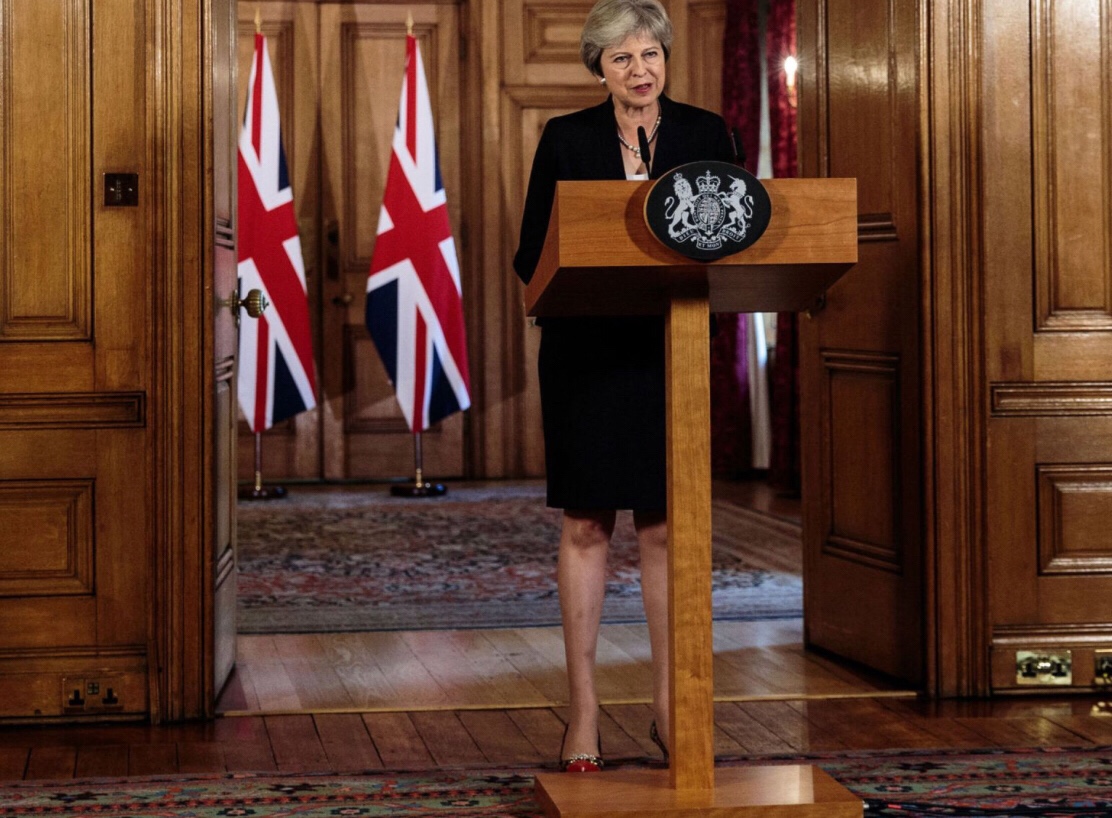
She declared the UK will continue preparations for a “no-deal” Brexit, amid what she recognised as an “impasse” over “two big problems” in negotiations.
In addition, Mrs May dismissed talk of a second EU referendum, which some EU leaders had spoken in hope of during the Salzburg summit.
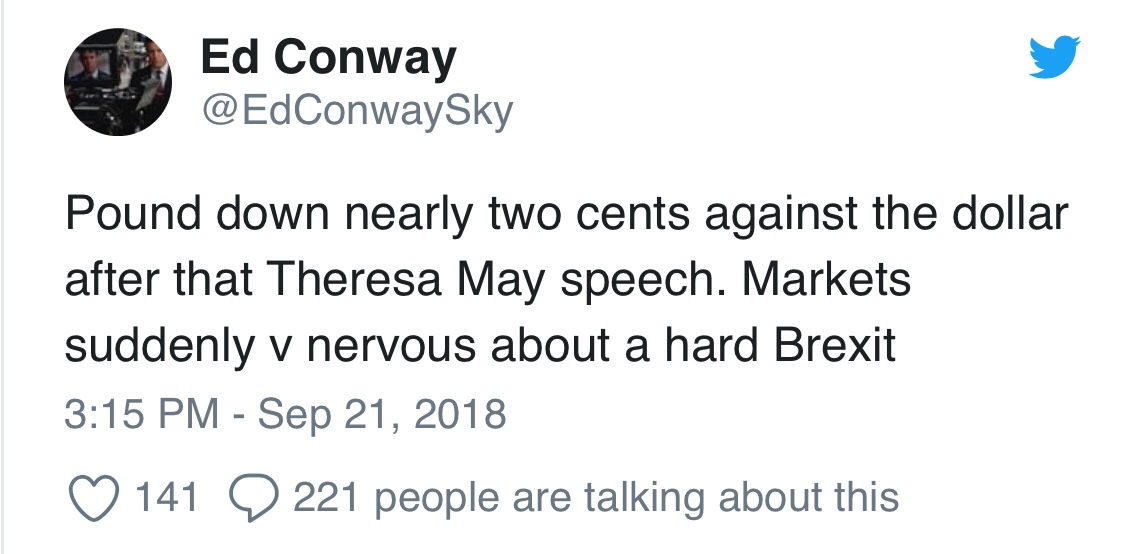
She added: “The referendum was the largest democratic exercise this country has ever undergone. To deny its legitimacy or frustrate its result threatens public trust in our democracy. No one wants a good deal more than me. But the EU should be clear: I will not overturn the result of the referendum. Nor will I break up my country.”
You can read the article here: Sky News Theresa May branded ‘uncompromising’ by EU after demanding ‘respect’ from Brussels
Source: Sky News






You must be logged in to post a comment.